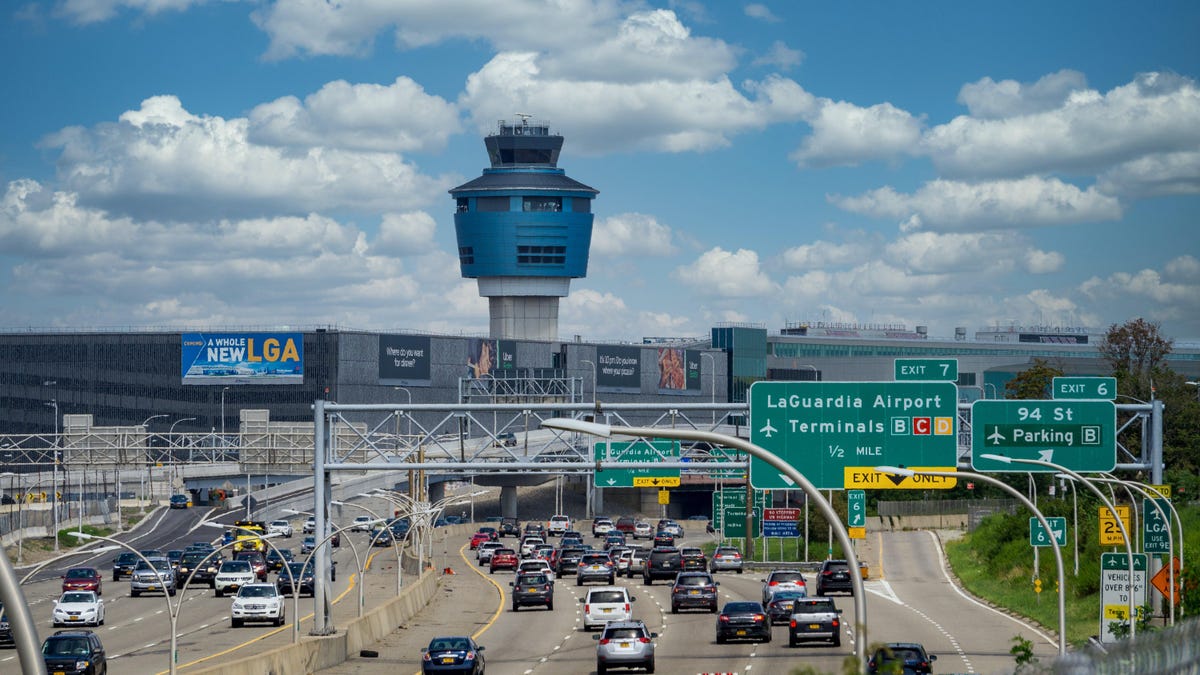Planning to block cellphones in schools is madness
Mobile phones in schools. If you're a teacher, school staff member, or parent, you probably have six hundred opinions on this very topic, and you'll have had six hundred arguments about it this week. In Australia, the pressure has come and several states have completely banned the use of cell phones during school hours. Others are planning to do the same.
In the state of New South Wales, the current opposition party has made it clear that it will enforce a ban if elected. Wildly, the party wants to use cellphone jamming technology to enforce this ban, whether the students intend to comply or not. Let's see how jammers work in theory and explore why using them in schools would be madness in practice.
Cell Jamming 101In general, cell phone jammers work in a relatively simple way. They simply broadcast random noise radio frequency signals on the same frequencies used by cellular networks. If the jammer's signal is strong enough, it will drown out cellular base station signals and prevent phones from making contact with the network. Typically, high power noise scattering over mobile phone channels is all that is needed to successfully jam all communications.
Depending on how much energy you emit and the antennas you use, you can vary the area affected by your jammer. Of course, measuring this area is an inexact science. In the same way that you cannot prevent your home WiFi network from reaching outside the front door, you cannot easily limit the output of a cell phone jammer to, say, the limit of a schoolyard.
And therein lies the problem with the use of cell phone jammers in schools. Since most schools are in built-up areas, there is a high likelihood of jammers spreading to cellphone users in surrounding homes and businesses. The results would be profoundly negative in any case. At best, residents and workers would be deprived of access to the connectivity they need to do their jobs and carry on with their very lives. At worst, emergency calls could fail and lives could be at stake.
For this reason, cell phone jamming is completely illegal in Australia, and almost everywhere else for that matter. It doesn't matter if you want to jam signals in your own home or business, or just have a jammer in your pocket to keep your devices dark while on the go. Owning, using or supplying a jammer is illegal in Australia. This is thanks to a permanent ban put in place by the Australian Communications and Media Authority.
However, it is worth noting that there is a limited exception to the permanent ban, and there has already been live trial jamming technology in the state of NSW. Thanks to a special exception granted by the ACMA, the government has implemented cell phone jammers in Lithgow and Goulburn Correctional Centres. Since cell phones can enter a prison as contraband, jammers act as an added measure to help prevent their use. The jammers were f...

Mobile phones in schools. If you're a teacher, school staff member, or parent, you probably have six hundred opinions on this very topic, and you'll have had six hundred arguments about it this week. In Australia, the pressure has come and several states have completely banned the use of cell phones during school hours. Others are planning to do the same.
In the state of New South Wales, the current opposition party has made it clear that it will enforce a ban if elected. Wildly, the party wants to use cellphone jamming technology to enforce this ban, whether the students intend to comply or not. Let's see how jammers work in theory and explore why using them in schools would be madness in practice.
Cell Jamming 101In general, cell phone jammers work in a relatively simple way. They simply broadcast random noise radio frequency signals on the same frequencies used by cellular networks. If the jammer's signal is strong enough, it will drown out cellular base station signals and prevent phones from making contact with the network. Typically, high power noise scattering over mobile phone channels is all that is needed to successfully jam all communications.
Depending on how much energy you emit and the antennas you use, you can vary the area affected by your jammer. Of course, measuring this area is an inexact science. In the same way that you cannot prevent your home WiFi network from reaching outside the front door, you cannot easily limit the output of a cell phone jammer to, say, the limit of a schoolyard.
And therein lies the problem with the use of cell phone jammers in schools. Since most schools are in built-up areas, there is a high likelihood of jammers spreading to cellphone users in surrounding homes and businesses. The results would be profoundly negative in any case. At best, residents and workers would be deprived of access to the connectivity they need to do their jobs and carry on with their very lives. At worst, emergency calls could fail and lives could be at stake.
For this reason, cell phone jamming is completely illegal in Australia, and almost everywhere else for that matter. It doesn't matter if you want to jam signals in your own home or business, or just have a jammer in your pocket to keep your devices dark while on the go. Owning, using or supplying a jammer is illegal in Australia. This is thanks to a permanent ban put in place by the Australian Communications and Media Authority.
However, it is worth noting that there is a limited exception to the permanent ban, and there has already been live trial jamming technology in the state of NSW. Thanks to a special exception granted by the ACMA, the government has implemented cell phone jammers in Lithgow and Goulburn Correctional Centres. Since cell phones can enter a prison as contraband, jammers act as an added measure to help prevent their use. The jammers were f...
What's Your Reaction?














![Three of ID's top PR executives quit ad firm Powerhouse [EXCLUSIVE]](https://variety.com/wp-content/uploads/2023/02/ID-PR-Logo.jpg?#)







